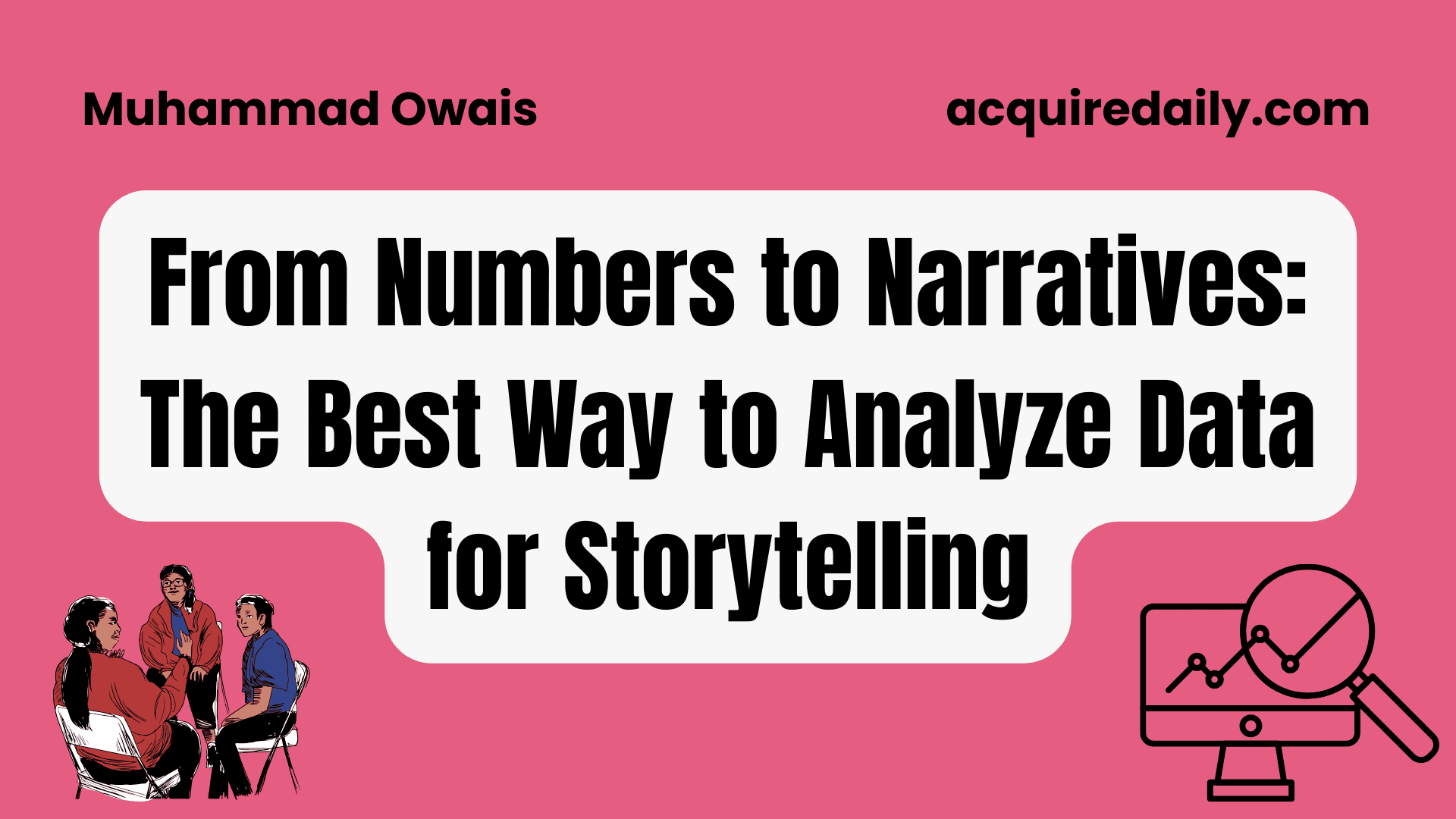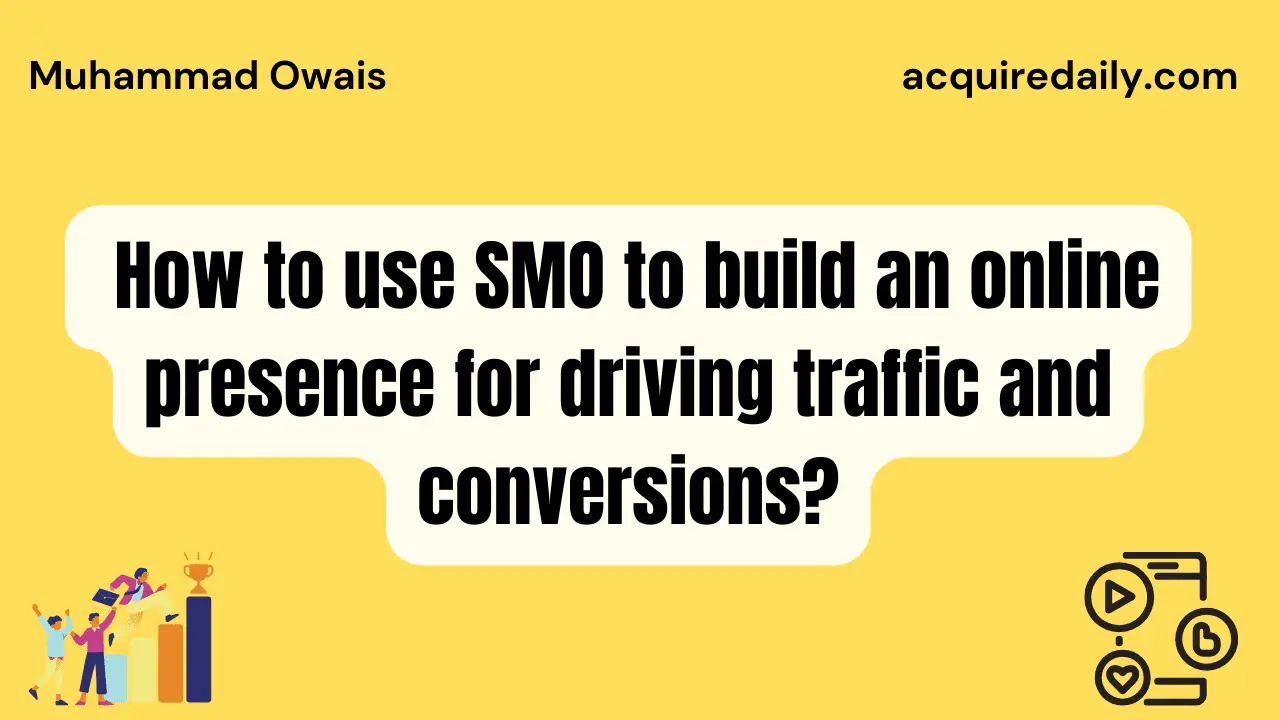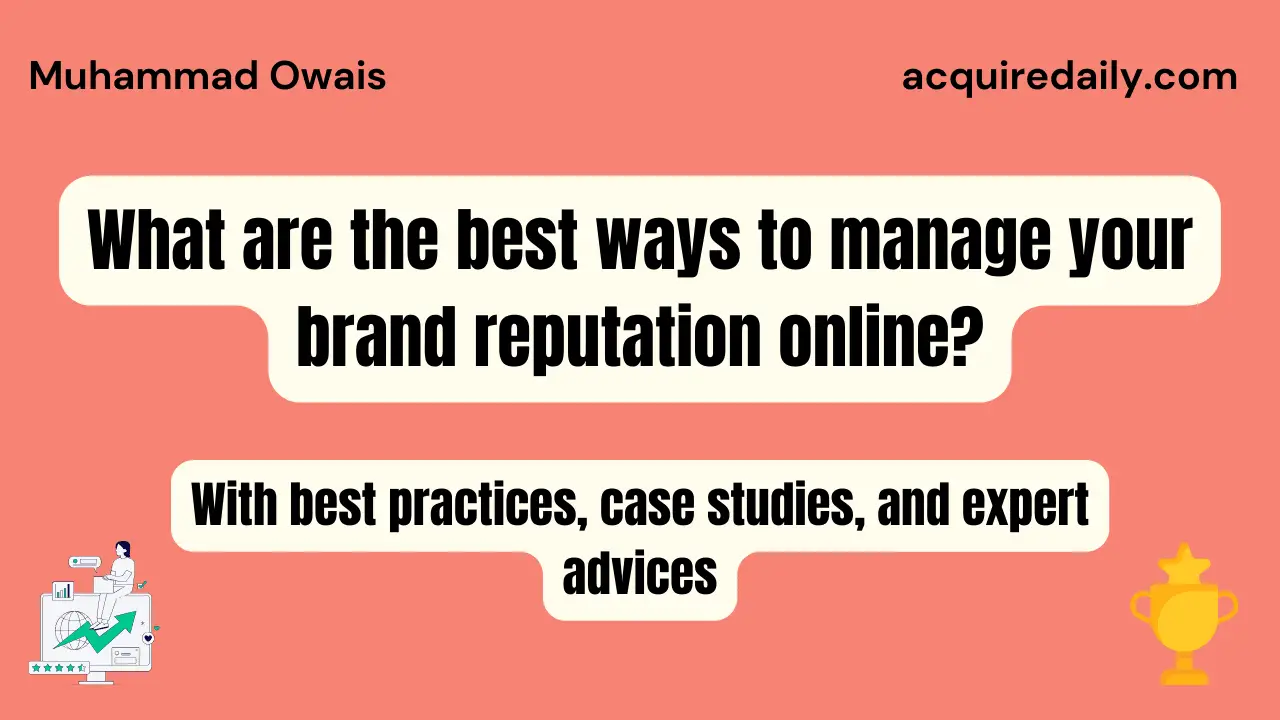Social media has become an integral part of marketing and brand building for businesses of all sizes. Platforms like Facebook, Instagram, Twitter, LinkedIn, and more allow companies to engage with customers and prospects, raise awareness, generate leads, and drive sales to achieve success in social media or marketing goals.
However, many businesses struggle to accurately measure the success and ROI of their social media efforts. They focus on vanity metrics like followers, likes, and shares which reveal little about business impact. This article will explore more meaningful ways to track social media performance and optimize efforts to achieve marketing goals or success.
Define Your Social Media Goals and Objectives
The first step is clearly defining the specific goals and objectives you want to accomplish via social media. Common social media goals include:
- Raise brand awareness and visibility
- Increase website traffic and leads
- Boost engagement and community building
- Drive conversions and sales
- Improve customer satisfaction and loyalty
Your goals should be S.M.A.R.T. – specific, measurable, achievable, relevant, and time-bound. This ensures you can actually track progress and ROI. Goals might include increasing website traffic from social referrals by 10% quarter-over-quarter or generating 200 new leads through social campaigns in 6 months.
Choose Relevant Metrics Based on Goals
Once goals are defined, identify the key performance indicators (KPIs) and metrics that will determine success. Instead of vanity metrics, focus on data tied to business results. Useful metrics based on common goals include:
Brand awareness/visibility:
- Social reach
- Brand mentions and tags
- Share of voice
Website traffic:
- Social referral traffic
- Click-through rate
Engagement:
- Follower growth
- Comments, shares, likes
- Engagement rate
Leads:
- Lead generation by source
- Cost per lead
- Conversions by campaign
Sales:
- Social commerce conversion rate
- Revenue attributed to social
- ROI per social platform
Satisfaction/loyalty:
- User-generated content
- Net Promoter Score
- Customer retention rate
Measure Metrics Using the Right Social Media Tools
Now that you know which metrics to track, the next step is choosing tools to monitor and analyze the data. Useful social media tools include:
- Native analytics: Take advantage of free analytics offered within each social platform like Facebook Insights and Twitter Analytics.
- Social listening: Use tools like Mention, Hootsuite, Sprout Social, or Google Alerts to track brand mentions, share of voice, and more.
- Website analytics: Integrate Google Analytics to see traffic sources, landed pages from social, and conversions by channel.
- Consolidated analytics platforms: Services like Sprout Social, Hootsuite, Rival IQ, or Agorapulse provide consolidated analytics across multiple social channels.
- Customized reports: Social media management platforms like Sprout Social, Hootsuite, and Buffer allow you to build customized reports with the metrics you need.
- Surveys: Use survey tools like SurveyMonkey or Google Forms to collect direct customer feedback and scores like NPS.
Benchmarks Help Give Context and Comparison
Benchmarks provide context on how your social media program is performing. Compare metrics to:
- Past performance – Track progress over time and see how metrics trend up or down.
- Competitors – See how your social engagement and impact compare to competitors.
- Industry benchmarks – Services like Rival IQ and Sprout Social offer industry benchmark reports to see where you stand.
Benchmarks reveal what’s working, whether you’re reaching your targets, and opportunities to improve.
Continuously Test and Optimize Based on Metrics
Measuring social media success must be an ongoing process, not just a one-time effort. Consistently monitor your KPIs, test different content and strategies, and optimize efforts based on the data and insights.
Key ways to test and optimize include:
- A/B tests different elements like messaging, images, calls-to-action, etc. to see what content and formats perform best.
- Experiment with different social platforms and budgets to determine where to focus.
- Analyze when your followers are most active and engage them at those high-value times.
- Assess performance by the audience and adjust targeting to reach the right people.
- Monitor which posts and campaigns drive the most conversions and focus on amplifying those.
- Identify bottlenecks in the social media sales funnel and tweak the approach.
- Shift budgets to higher-performing platforms.
Ongoing optimization ensures you’re spending time and money where it will have the biggest business impact.
Measuring Brand Awareness and Visibility
If your goal is building brand visibility and awareness, these are key metrics to track success:
Social Reach and Impressions
This measures the potential size of the audience exposed to your brand on social media. While raw reach numbers alone don’t show real impact, it’s useful for benchmarking and tracking growth over time.
Brand Mentions and Tags
The number of times your brand is mentioned and tagged in organic social posts is a good indicator of growing brand visibility and awareness. Tools like Mention and Hootsuite can track this.
Share of Voice
This evaluates your brand’s share of the total conversation within your industry or niche. The higher share of voice signals you’re cutting through the noise.
Social Engagement Rate
Engagement rate looks at overall engagement on social content compared to reach/followers. It reveals how well you’re resonating with your audience.
Influencer Partnerships
Influencer marketing expands reach and visibility. Track partnerships, content reach, engagement, clicks, and conversions to value each.
Website Traffic from Social
Higher referral traffic to your site from social platforms shows growing awareness and interest in your brand. Google Analytics tracks this.
Measuring Engagement and Community Building
For driving social community engagement, these are key metrics:
Follower Growth
Follower count alone is vanity, but tracking follower growth can indicate rising interest in your brand. Monitor growth rate across platforms.
Engagement Rate
As mentioned above, this calculates interactions with content compared to reach. Benchmarks vary by industry.
Sentiment
Social listening tools analyze the sentiment of brand mentions as positive, negative, or neutral. More positive sentiment indicates higher affinity.
Click-Through Rate
CTR on social posts indicates how compelling your content is to get clicks to your site or promos.
Engagement By Type
Look beyond overall engagement and break it down by specific types – clicks, comments, shares, link clicks, hashtag use, etc.
User-Generated Content
Measure how often customers mention you or generate their own social content about your brand as a sign of higher engagement.
Measuring Leads and Conversions
To assess social media’s impact on lead generation and driving conversions, track these metrics:
Lead Source
Your CRM should track lead source – social media vs. other channels. Measure the volume and quality of social leads.
Campaign Conversions
Conversion tracking links and UTM codes allow you to see how many leads and sales result directly from social campaigns.
Cost Per Lead/Acquisition
Calculate cost per lead to determine the efficiency of social campaigns compared to other lead gen channels.
Sales Pipeline Influence
Survey sales reps on what channels and touchpoints influence deals within the sales funnel. Estimate social media’s role.
Sales Connected to Social
If possible, directly attribute closed sales to social media, either through campaign tracking or surveying customers.
Social Commerce Conversions
For e-commerce brands, track traffic to product pages from social, add-to-cart rates, and purchases.
Measuring Customer Satisfaction and Loyalty
These metrics reveal how social media affects customer sentiment and brand affinity:
Net Promoter Score (NPS)
NPS surveys customers on how likely they are to recommend your brand. Higher scores indicate stronger satisfaction and loyalty.
Customer Retention/Churn Rate
Look at retention rate differences between social media followers/engagers versus non-engagers.
Social Listening
Monitor social conversations, reviews, and mentions to identify issues influencing satisfaction and brand perception.
User-Generated Content
Customers who actively post about your brand on social channels have higher loyalty. Track this content.
Cross-Channel Experience
Survey customers on how social media interactions with your brand affect their overall experience and satisfaction across channels.
ROI of Social Media
The ultimate goal is determining the return on investment from social media activities. Key metrics include:
- Marketing Originated Revenue: A portion of total revenue attributed to social campaigns based on tracking and attribution modeling.
- Incremental Sales: Estimate additional sales driven by social that may not have occurred otherwise.
- Cost Per Acquisition: Calculate total social media spending divided by the number of conversions/sales from social.
- Customer Lifetime Value: Identify the long-term value of customers acquired through social channels.
- Social Media Budget Percentage: Look at the social media budget as a percentage of the total marketing budget and compare it to revenue contribution.
Social media ROI must connect efforts back to real business value. But be realistic – appropriately tracking social’s impact takes tools, data integration, and expertise. Focus on a few key metrics that matter.
Conclusion
Measuring social media success is about more than vanity metrics. It requires identifying and tracking KPIs that map to your specific marketing objectives and provide genuine insights. Spend time upfront clearly defining your goals, choosing relevant metrics to track, and implementing tools to monitor performance. With the right approach to measurement, you can maximize the impact of social on your business.
Thanks for reading.
And yes…
When you are ready, here is a way I can help you:
Reach ~2400+ business owners, industry leaders and support us by sponsoring our newsletter or supporting our work.








